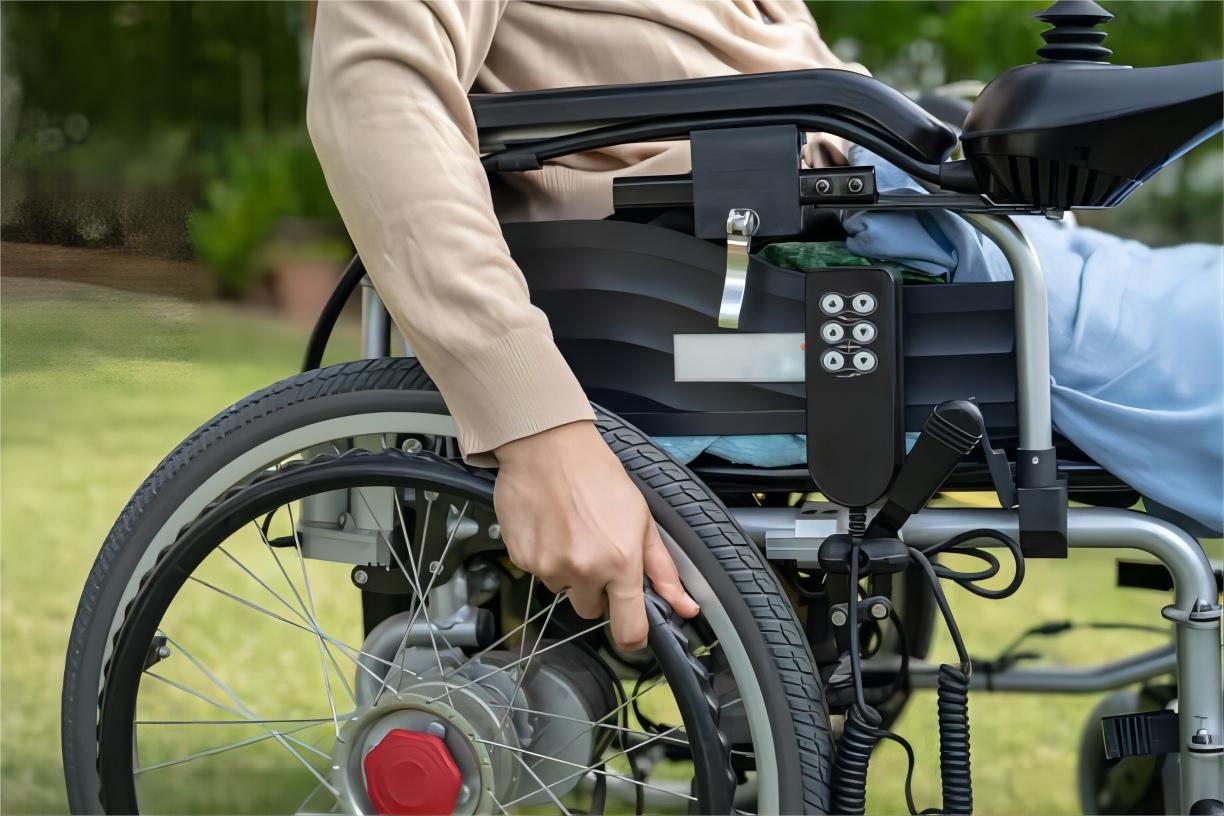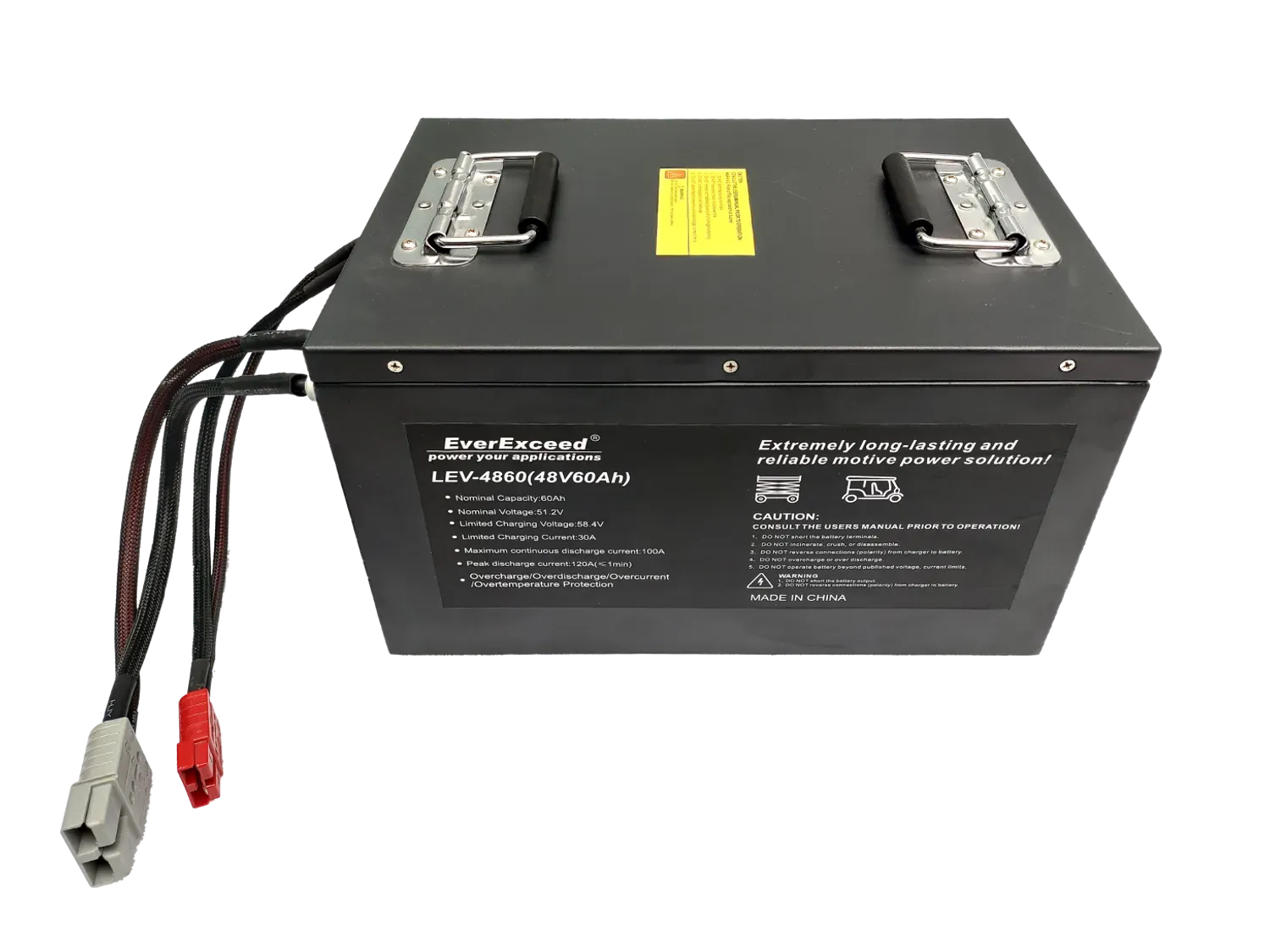
Get a Quote
What Type of Batteries Power Wheelchairs?
Choosing the right battery for your wheelchair is not merely a matter of convenience; it directly impacts the reliability, performance, and longevity of your mobility device. In this guide, we'll delve into the world of wheelchair batteries, shedding light on essential considerations and empowering you to make informed decisions.
Understanding Wheelchair Batteries
Definition and Role
Wheelchair batteries serve as the lifeblood of electric mobility devices, providing the power necessary to propel the wheelchair and support various functions such as tilt, recline, and elevation. These batteries are specifically designed to meet the demands of wheelchair usage, offering reliability and longevity to users seeking independence in their daily lives.
How Battery Power Operates Electric Wheelchairs
The operation of electric wheelchairs relies on the stored energy within the wheelchair battery. When activated, the battery delivers power to the wheelchair's motor, translating electrical energy into mechanical motion. This process enables users to navigate their surroundings with ease, whether indoors, outdoors, or across challenging terrains.
Importance of Selecting the Appropriate Battery Type
Selecting the right battery type is paramount to ensure optimal performance and longevity of the electric wheelchair. Different battery chemistries, such as AGM and gel batteries, offer varying benefits and drawbacks. Understanding these distinctions allows users to make informed decisions based on their specific needs and usage patterns, ultimately enhancing the overall experience of wheelchair mobility.
Types of Batteries for Power Wheelchairs
Lead-Acid Batteries
Lead-acid batteries are a traditional choice for powering wheelchairs, known for their affordability and reliability. These batteries utilize lead plates immersed in sulfuric acid to generate electrical energy, providing a stable power source for electric wheelchairs. However, they come with drawbacks, including their relatively short lifespan and the need for regular maintenance to ensure optimal performance.
AGM Batteries (Absorbent Glass Mat)
AGM batteries, characterized by their absorbent glass mat construction, represent a more advanced alternative to traditional lead-acid batteries. Sealed and maintenance-free, AGM batteries offer enhanced durability and longevity, making them a popular choice for power wheelchairs. Compared to lead-acid batteries, AGM variants boast a longer lifespan and superior performance, albeit at a slightly higher cost.
Lithium Batteries
Lithium batteries have revolutionized the landscape of wheelchair power sources, offering unparalleled benefits in terms of efficiency, longevity, and convenience. With a lightweight and compact design, lithium batteries provide ample power while minimizing the overall weight of the wheelchair. Moreover, they boast an impressive lifespan, lasting significantly longer than their lead-acid counterparts. This longevity translates to fewer replacements and reduced maintenance, making lithium batteries a cost-effective and hassle-free option for wheelchair users.
Factors to Consider When Choosing a Wheelchair Battery
Voltage Requirements
Understanding the voltage requirements of power wheelchairs is essential for selecting the right battery. Voltage specifications dictate the amount of electrical power needed to operate the wheelchair effectively. By ensuring that the battery voltage matches the wheelchair's specifications, users can avoid compatibility issues and optimize performance.
Battery Capacity (Ah)
Battery capacity, measured in ampere-hours (Ah), plays a crucial role in determining the duration of wheelchair operation between charges. A higher capacity allows for extended use without the need for frequent recharging, offering greater convenience and mobility. When selecting a battery, it's essential to consider individual needs and usage patterns to determine the optimal capacity for uninterrupted mobility.
Current Rating
The current rating of a wheelchair battery signifies its ability to deliver power to the wheelchair's motor effectively. It measures the rate at which electrical energy is transferred from the battery to the motor, influencing the wheelchair's performance and responsiveness. Choosing batteries with appropriate current ratings ensures smooth operation and enhances the overall user experience, particularly in demanding situations or terrains.
Maintenance and Care Tips for Wheelchair Batteries
Charging Guidelines
Proper charging techniques are paramount to prolonging the lifespan of wheelchair batteries. It's essential to adhere to manufacturer recommendations and use compatible chargers to avoid damaging the battery. Additionally, preventing overcharging and undercharging is crucial for maintaining battery health and optimizing performance over time.
Usage Recommendations
Maximizing battery performance during wheelchair use involves adopting best practices to ensure efficient energy utilization. This includes avoiding prolonged periods of heavy usage without breaks and monitoring battery levels regularly to prevent complete discharge. By implementing these recommendations, wheelchair users can extend the longevity of their batteries and minimize the risk of unexpected power loss.
Maintenance Procedures
Regular inspections are key to identifying signs of wear or damage early on and addressing them promptly. Wheelchair batteries should be visually inspected for corrosion, leaks, or other abnormalities, and any issues should be addressed promptly to prevent further damage. Additionally, proper storage recommendations, such as keeping batteries in a cool, dry place, can help preserve their condition and extend their lifespan.
Conclusion
Selecting the right battery for your power wheelchair is crucial for ensuring optimal performance and reliability in your mobility device. By understanding the factors to consider when choosing a battery and implementing proper maintenance and care practices, you can prolong the lifespan of your battery and maximize its efficiency.
For those in search of high-quality and reliable battery solutions, I highly recommend considering EverExceed. As a global leader in energy storage systems, EverExceed is dedicated to developing, manufacturing, and selling lithium batteries and energy storage systems that are safer, smarter, and easier to use. Experience the difference with EverExceed and take your mobility to the next level.


